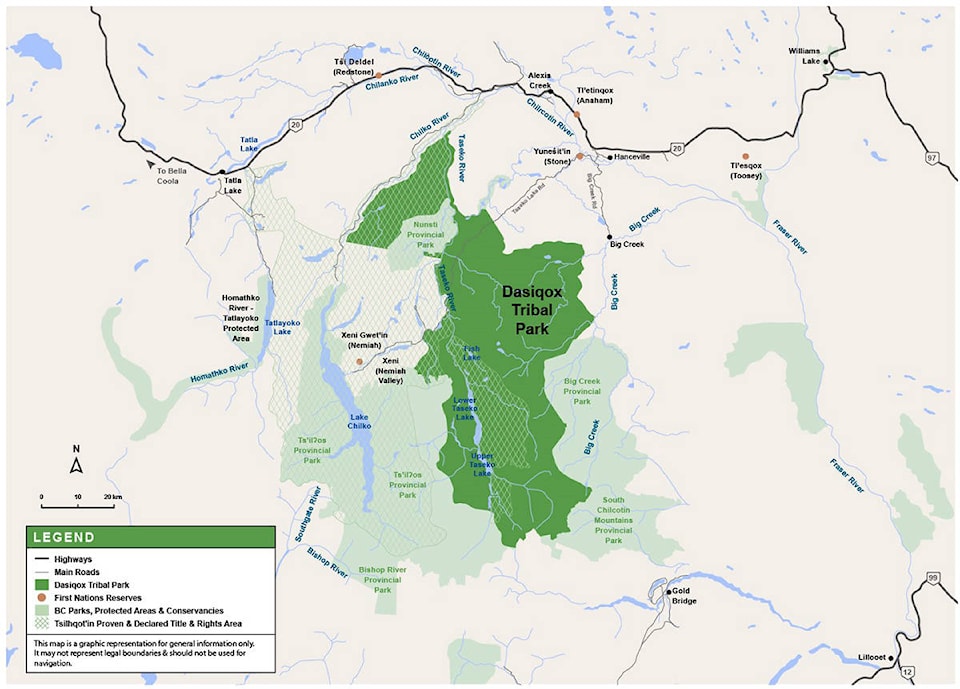J
Jim HILTON
Special to the Tribune
The following information was taken from the document sponsored by the Rivershed Society of BC.
“The Fraser Watershed Initiative (FWI) is a multi-year campaign focused on the Fraser River Watershed. The FWI is working with First Nations, Environmental Non Government Organizations (ENGOs) and local governments across B.C. to ‘Heal and Protect’ the mighty Fraser River Basin.”
As shown in the attached map of the FWI document the Fraser River watershed represents about a quarter of B.C.’s landmass and is similar in scale to the Sacramento and Columbia watersheds.
Information provided in the document describes the information identified over the past few months which attempts a summary of the macro and local level issues within the watershed. Seven issues are listed which include the following: First Nations, Parks and Protected Areas, Restoration, Water, Fish and Wildlife, Climate Change and Industrial Development.
An integral part of the FWI is the ‘Regional Workshops and Mapping Project.’ As described in the mapping project document ” it was developed due to a significant need for the creation of a ‘Conservation Vision Map’.
“Six regional two-day workshops will gather input from a diverse range of key stakeholders. The workshop structure will include one full day of facilitated discussions and information gathering with First Nations followed by a full day of facilitated discussions and information gathering with local community leaders, organizations, stewardship leaders and other ENGOs.”
I think the proposed integrated and interactive map will be most useful for everyone involved with the project and will look forward to more information on the plan soon to be announced Land Use Planning process which I presume is a provincial government initiative.
While I have some concerns about the FWI process I do commend the Rivershed Society for their initiative since there has not been much recent land use planning coming from any levels of government.
Some specific concerns and recommendations I have are the following:
1.) under the discussion of Parks and Protected Areas three ways are listed so that “areas in need” can be protected which include the new planning process, Tribal Parks and the new AICHI commitment.
I would suggest there are other ways to protect some values. For example, community watershed designations for protecting drinking water as well as community forests for long-term fire protection of urban areas. As a first step all forms of existing area based tenures should be included on the proposed “conservation vision map”.
2.) All set asides in the Timber Supply Analysis (TSA) should also be included on the Vision map. It would be important to include the data from the respective TSA when conducting the workshops in the six Regions. In the case of the Williams Lake TSA the report lists the following: About 56 percent of the Crown forest land base, or 37 percent of the total TSA area, comprise the current timber harvesting land base (THLB). “The THLB is the area in the TSA that will be logged over the specific rotation.
3.) I also recommend that there be information from the government report by Diane Nichols and Tom Either about timber salvage resulting from the 2017 wildfires. It is important to include the most current information on the wide variation of timber volume impacted by the wild fires
The majority of wildfires in 2017 were in the Fraser River watershed and should provide lots of information on which timber and non-timber types were impacted the most. This information will be valuable in deciding which areas could best meet the long-term biodiversity targets.
Jim Hilton is a professional agrologist and forester who has lived and worked in the Cariboo Chilcotin for the past 40 years. Now retired, Hilton still volunteers his skills with local community forests organizations.
